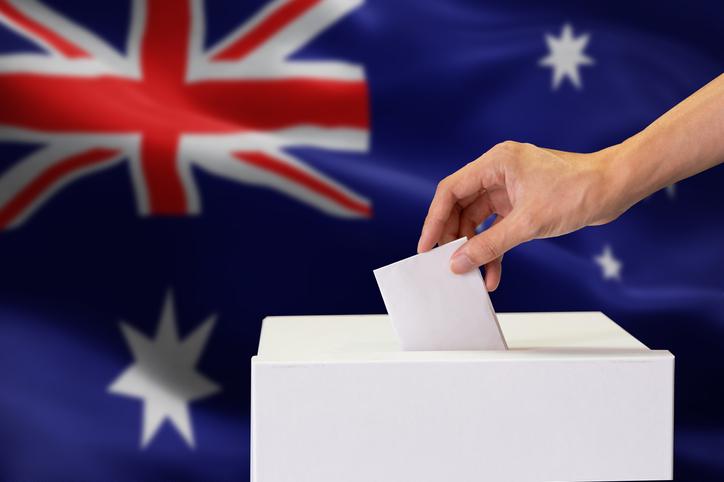Australians are voting in a national election on Saturday, with opinion polls indicating a likely lead for Labor Prime Minister Anthony Albanese over opposition leader Peter Dutton of the Liberal-National coalition. The election is occurring amid concerns over living costs and global economic uncertainty.
Voting is mandatory in Australia, and polling stations will be open from 8 a.m. to 6 p.m. local time. Around 8.18 million eligible voters have already cast their ballots through early voting.
While both major parties have prioritized addressing cost-of-living challenges, international developments have emerged as a significant issue during the campaign. Analysts noted that global instability and recent shifts in foreign trade policy have contributed to voter concerns.
On the final day of campaigning, Albanese emphasized his government’s record of stable leadership, saying the election presents a choice between continuity and what he described as the alternative’s unpredictability. He traveled extensively across three states to make his case to voters.
Dutton, focusing on the economic pressures faced by households and small businesses, asked voters to reflect on whether their circumstances have improved in recent years. Known for his firm stance on border security, Dutton has also proposed reducing the size of the public service.
Though he previously polled strongly, Dutton’s support declined following international tariff announcements that impacted Australia. His earlier proposal to restrict remote work for public servants also received criticism.
The latest Newspoll published Friday showed Labor leading 52.5% to 47.5% against the Liberal-National coalition under the two-party preferred voting system.
Political analysts believe that while global developments played a role, domestic campaign strategies and policy missteps were more influential in shaping voter sentiment. Albanese’s campaign has generally been viewed as disciplined, while Dutton faced challenges in maintaining consistent support.
There is a possibility that neither major party will secure an outright majority. Under Australia’s preferential voting system, the outcome may hinge on how preferences from minor parties and independents are distributed.
Support for independents and smaller parties has been on the rise, with pollster Roy Morgan noting their vote share has more than doubled since 2007. In the 2022 election, the primary vote was split almost evenly among Labor (32.6%), the Liberal-Nationals (35.7%), and other candidates (31.7%). The trend appears likely to continue in this election



